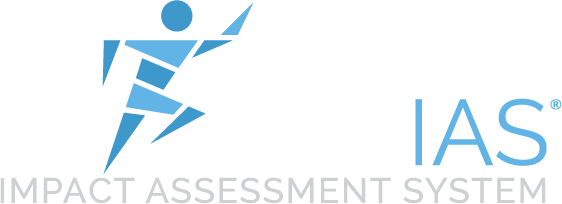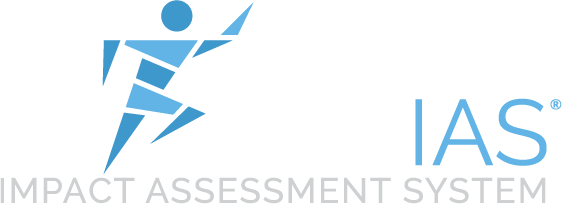From Bloomberg
More than 30 football helmets line the shelves in Robert Erb’s office at Schutt Sports in Litchfield, Ill., from a late-1920s leather version to a white-and-orange University of Tennessee model once worn by Peyton Manning. Tucked in among them are books and binders with titles including Neurologic Athletic Head and Spine Injuries and Concussions and Our Kids.
It’s fitting. Since Erb took over seven years ago as president and chief executive officer of privately held Schutt, the nation’s No. 2 maker of football helmets, the most important factor influencing the manufacture and marketing of helmets has become not paint, padding, or polycarbonates, but concussions—and how to minimize the chances of a player suffering one.
Erb, a voluble 55-year-old built like a 1960s NFL lineman, confronts this reality with the subtlety of a pulling guard pancaking a cornerback. “Chronic traumatic encephalopathy is a hypothesis,” he says, referring to the brain affliction that has been linked to concussions.
Concussions might result mainly from whacks to the head, or they might not. “Nobody knows,” he says. “Could it be related to steroids? Weightlifting? What about genetics? Did the guy see the hit coming? Did he get enough sleep the night before?” He points at half a dozen decades-old helmets on his credenza. “There’s no evidence of CTE back then.”
But nothing about helmets and concussions gets Erb more exercised than Virginia Tech University, which has become the de facto arbiter of helmet safety. For the past four years, researchers at the home of the Hokies—alma mater of Michael Vick—have ranked football helmets on their ability to reduce concussion risk. The school’s STAR rating system assigns numerical values indicating helmets’ ability to absorb impacts. Helmets are then ranked from best to worst and grouped into categories labeled by stars: Five stars indicate the most protection, one star the least.
Erb says the ratings oversimplify the science of concussions. Although his company has produced two of Virginia Tech’s top-rated helmets, Erb says, “These ratings are misleading people. People are now using them to determine which helmets to put their youth leagues into, which is truly insane.”
Posters displaying the STAR ratings hang in NFL locker rooms. Sales of five-star helmets have soared. Virginia Tech’s rankings are so popular with parents of youth and high school players that some school administrators won’t consider buying anything but five-stars. “It’s evolved into that—it was never intended to be that,” says Stefan Duma, the professor who helped create the ratings and oversees them as head of Virginia Tech’s School of Biomedical Engineering and Sciences.
In his campus lab, Duma also is surrounded by helmets of many shapes and makes. He says the STAR rankings have prodded helmet makers to design safer helmets in the same way that the federal government’s safety ratings for cars and trucks forced automakers to make safer cars.
He slaps the crown of an old A2000 Pro Elite made by Adams, a company whose helmet sales suffered in part because of poor grades from Virginia Tech. “The No. 1 message we’re trying to send is for people to get rid of those old helmets,” Duma says. “We’re proud because we’ve made that happen.”
Like boxing and smoking, football is almost impossible to do safely. It’s long been known how the sport ravages limbs. As for helmets, for decades the focus was on preventing skull fractures and spinal injuries. In 1973 the newly formed National Operating Committee on Standards for Athletic Equipment adopted a test to measure G-forces inflicted on a helmet dropped from different heights onto a hard rubber pad. NOCSAE certified helmets that passed the test without ranking them in any particular order. Catastrophic skull and spinal injuries virtually disappeared, though concussions weren’t a consideration.
That changed in the 2000s as NFL and college players grew more concerned about concussions’ potential links to later-life memory loss and other brain trauma. A series of New York Times stories in 2010 raised the issue’s profile even as helmet makers themselves were drawing attention to it with assertions about their products’ anti-concussion properties. In April 2013, Riddell, Xenith, and Schutt agreed to stop making such claims as part of a Federal Trade Commission investigation into allegations of false advertising. (The manufacturers did not admit wrongdoing.) Two high school players died after blows to the head early last fall; last year a Maryland county judge refused to dismiss all claims against Schutt in a case brought by the parents of a college player who died of head injuries. (The case is still pending.) Even legendary NFL tough guy Mike Ditka recently said football is too dangerous for children to play.
More

